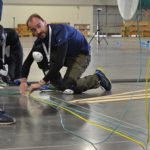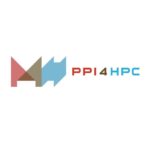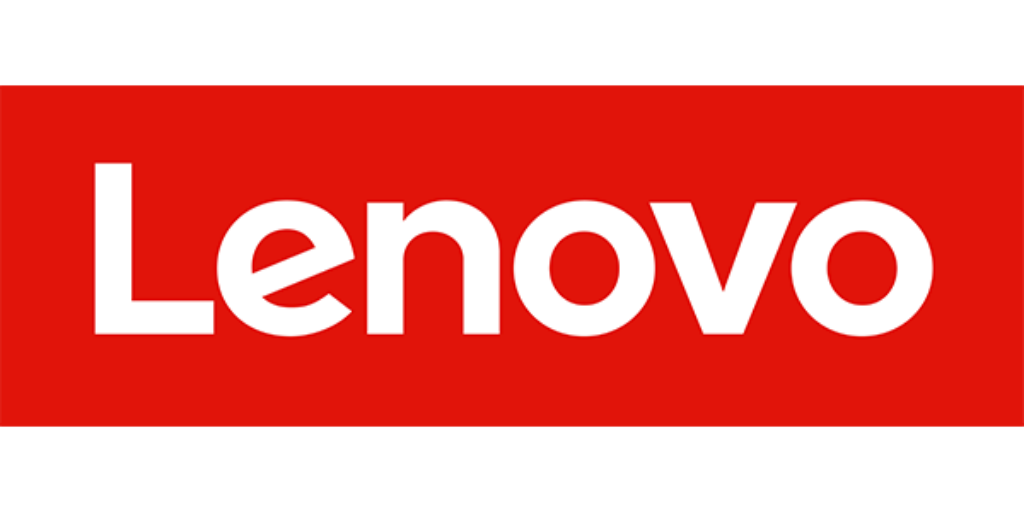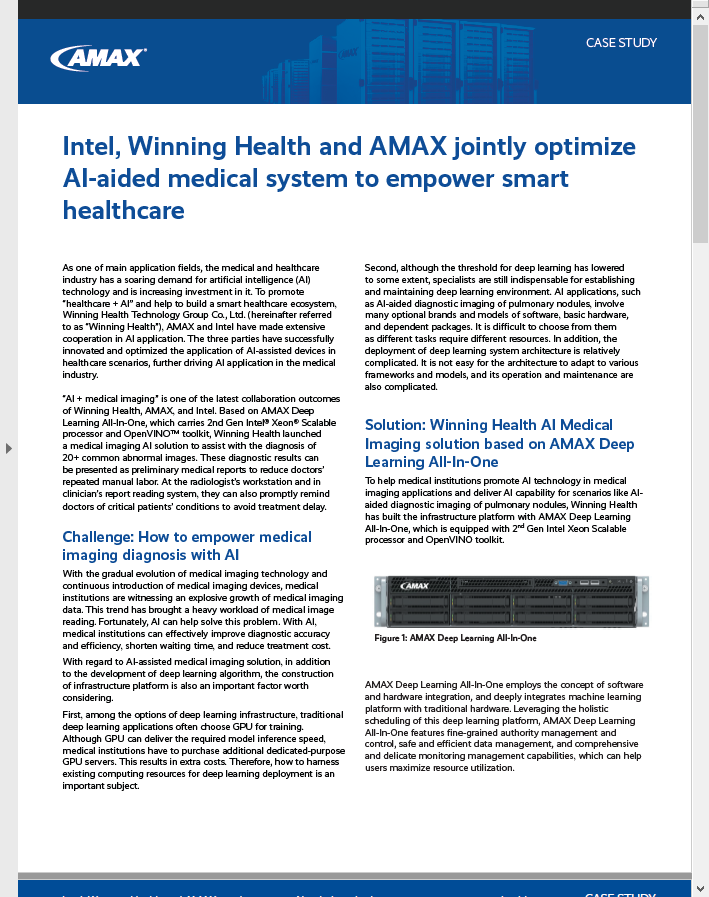DK Panda from Ohio State University gave this talk at the Swiss HPC Conference. “This talk will provide an overview of challenges in accelerating Hadoop, Spark, and Memcached on modern HPC clusters. An overview of RDMA-based designs for Hadoop (HDFS, MapReduce, RPC and HBase), Spark, Memcached, Swift, and Kafka using native RDMA support for InfiniBand and RoCE will be presented. Enhanced designs for these components to exploit NVM-based in-memory technology and parallel file systems (such as Lustre) will also be presented.”
Search Results for: swift
Exploiting HPC Technologies for Accelerating Big Data Processing and Associated Deep Learning
Let’s Talk Exascale Podcast looks at the GAMESS Project for Computational Chemistry
In this episode of Let’s Talk Exascale, Mike Bernhardt from ECP discusses the GAMESS project with Mark Gordon from Ames Laboratory. Gordon is the principal investigator for the ECP project called General Atomic and Molecular Electronic Structure System (GAMESS), which is developing methods for computational chemistry. “Just about anything a user would want to do with computational chemistry can be done with GAMESS—everything from very high-level quantum chemistry to semi-empirical methods to classical force fields.”
Volunteers Ready High Speed SCinet for SC17
At SC17 in Denver, volunteers have already started the installation of SCinet, the high-capacity network that supports the revolutionary applications and experiments that are a hallmark of the SC conference. SCinet takes one year to plan, and those efforts culminate in a month-long period of staging, setup and operation of the network during the conference.
Illinois Supercomputers Tag Team for Big Bang Simulation
Researchers are tapping Argonne and NCSA supercomputers to tackle the unprecedented amounts of data involved with simulating the Big Bang. “Researchers performed cosmological simulations on the ALCF’s Mira supercomputer, and then sent huge quantities of data to UI’s Blue Waters, which is better suited to perform the required data analysis tasks because of its processing power and memory balance.”
Teradata Acquires StackIQ
Today Teradata announced the acquisition of StackIQ, developers of one of the industry’s fastest bare metal software provisioning platforms which has managed the deployment of cloud and analytics software at millions of servers in data centers around the globe. The deal will leverage StackIQ’s expertise in open source software and large cluster provisioning to simplify and automate the deployment of Teradata Everywhere. Offering customers the speed and flexibility to deploy Teradata solutions across hybrid cloud environments, allows them to innovate quickly and build new analytical applications for their business. “Teradata prides itself on building and investing in solutions that make life easier for our customers,” said Oliver Ratzesberger, Executive Vice President and Chief Product Officer for Teradata. “Only the best, most innovative and applicable technology is added to our ecosystem, and StackIQ delivers with products that excel in their field. Adding StackIQ technology to IntelliFlex, IntelliBase and IntelliCloud will strengthen our capabilities and enable Teradata to redefine how systems are deployed and managed globally.”
WekaIO Unveils Industry’s First Cloud-native Scalable File System
Today WekaIO, a venture backed high-performance cloud storage software company, today emerged from stealth to introduce the industry’s first cloud-native scalable file system that delivers unprecedented performance to applications, scaling to Exabytes of data in a single namespace. Headquartered in San Jose, CA, WekaIO has developed the first software platform that harnesses flash technology to create a high-performance parallel scale out file storage solution for both on-premises servers and public clouds.
Data is at the heart of every business but many industries are hurt by the performance limitations of their storage infrastructure,” said Michael Raam, president and CEO of WekaIO. “We are heralding a new era of storage, having developed a true scale-out data infrastructure that puts independent, on-demand capacity and performance control into the hands of our customers. It’s exciting to be part of a company that delivers a true revolution for the storage industry.”
European Supercomputing Centers Adopt Joint Procurement Process
Some of Europe’s leading supercomputing centers have joined forces to create a buyers group that will enable joint public procurement of new HPC systems. “The new partnership of four public HPC centers (BSC, CINECA, JSC, and GENCI), located in four different countries (Spain, Italy, Germany, and France) means that new supercomputers can be procured through a market consultation for the purchase of HPC systems. This group will operate under as part of the Public Procurement of Innovative Solutions for High-Performance Computing (PPI4HPC) project.”
Storage-as-a-Service Demo Center Opens in Munich
Today Zadara Storage announced the opening of a new Storage-as-a-Service demo center near Munich, Germany, in collaboration with Intel Corporation. Customers and prospects are now able to experience the Zadara Storage-as-a-Service (STaaS) offering live and test the services using their own unique configurations.
Memory Driven Computing in the Spotlight at MSST Conference Next Week
The MSST Mass Storage Conference in Silicon Valley is just a few days away, and the agenda is packed with High Performance Computing topics. In one of the invited talks, Kimberly Keeton from Hewlett Packard Enterprise speak on Memory Driven Computing. We caught up Kimberly to learn more.
Allinea Software Powers Heart Simulation Framework
The Allinea Forge parallel code development suite is helping to speed up exciting computational cardiology research at the Medical University of Graz. “Utilizing the power of the VSC-3 supercomputer at the University of Vienna, Postdoctoral researcher Dr. Aurel Neic and his team are developing a simulation framework for the human heart called the Cardiac Arrythmia Research Package (CARP). It replicates the electric, mechanic and haemodynamic (the forces associated with the flow of blood) phenomena in the heart in a coupled manner and is bringing exciting new possibilities to medical science.”












